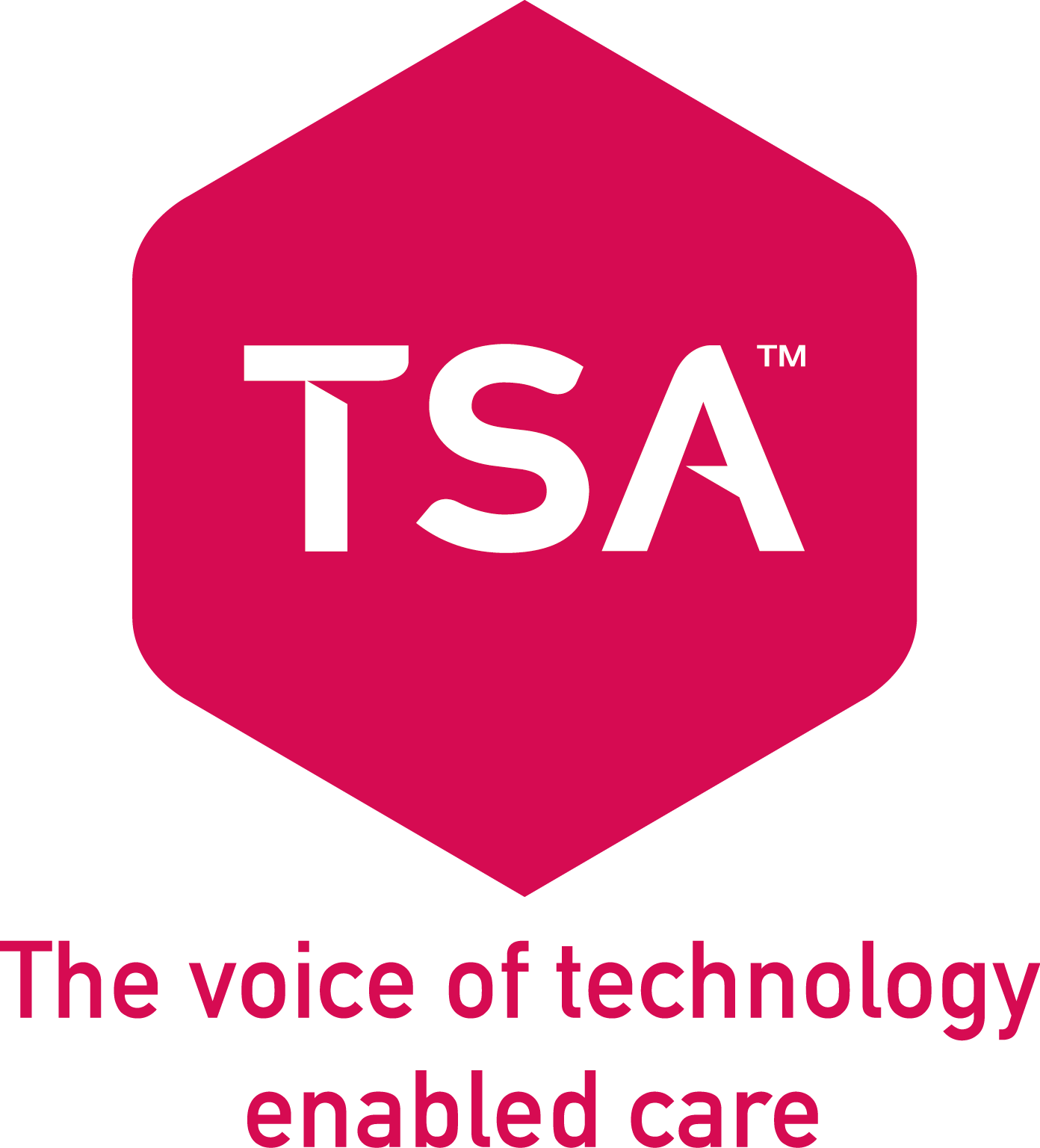
Ensuring the Safe Transition to Digital Telecare: TSA’s Role in recently released Telecare National Action Plan

11 February 2025
The UK’s transition from analogue to digital telephone networks marks a crucial step in modernising the country’s communications infrastructure. However, for the estimated two million people reliant on telecare services, this shift presents significant challenges.
The newly published Telecare National Action Plan (TNAP), developed by the Department for Health and Social Care (DHSC) and the Department for Science, Innovation and Technology (DSIT), is a strategic framework designed to ensure that telecare users remain safeguarded throughout this transition. As the industry body for technology-enabled care (TEC), TSA is at the heart of this mission, driving collaboration, ensuring best practices, and supporting the industry in adapting to this digital transformation.
Why the Digital Switchover Matters for Telecare
The UK’s legacy Public Switched Telephone Network (PSTN) is becoming increasingly unreliable, necessitating a shift to Voice over Internet Protocol (VoIP) technology. While this upgrade promises greater resilience and new opportunities for TEC innovation, it also introduces risks, particularly for telecare users who currently depend on analogue connections. Without careful management, there is a real danger that vulnerable people could find their telecare solutions rendered inoperable overnight.
Recognising this, the TNAP sets out four key outcomes to protect telecare users:
Outcome 1: no telecare user will be migrated to digital landline services without the communication provider, the customer or the telecare service provider confirming that the user has a compatible and functioning telecare solution in place.
Outcome 2: use of analogue telecare devices is phased out to ensure that only digital devices are being used.
Outcome 3: telecare users, their support networks and their service providers understand what actions they need to take.
Outcome 4: stakeholders collaborate to safeguard telecare users through the digital phone switchover.

TSA is playing an important role in the A2D switchover in Telecare
TSA’s Role in Protecting Telecare Users
As the leading voice in the TEC sector, TSA has been instrumental in shaping industry-wide responses to the switchover. Our work focuses on:
- Guidance & Best Practice: TSA provides telecare service providers, housing associations, and local authorities with up-to-date guidance on how to assess, test, and transition their telecare systems safely.
- Collaboration & Advocacy: Through the Telecare Action Board (TAB), TSA ensures alignment between communication providers, regulators, and telecare organisations, advocating for the needs of telecare users.
- Training & Support: TSA offers support to help service providers prepare for the digital transition, ensuring they have the necessary expertise to manage risk and implement best-practice solutions.
- Consumer Awareness: TSA is actively working with government agencies and telecom providers to educate telecare users and their families about the changes, ensuring they take appropriate action before the migration.
Opportunities Beyond the Challenges
While the digital phone switchover presents risks, it also provides a unique opportunity to modernise telecare services. By embracing digital solutions, service providers can implement smarter, more responsive care systems, integrating AI-driven monitoring, IoT connectivity, and cloud-based support. TSA is committed to ensuring that the transition not only safeguards users but also enhances the quality of telecare services for future generations.
Alyson Scurfield, TSA’s Chief Executive, said,"The Telecare National Action Plan is a vital step in safeguarding telecare users during the digital switchover. At TSA, we are dedicated to working with government, service providers, and the wider sector to ensure a smooth and safe transition. This is a pivotal moment to not only protect users but to embrace the future of digital care—enhancing independence, resilience, and quality of life for millions."
The Road Ahead
With the switchover deadline approaching, action is required now. TSA urges all stakeholders – service providers, local authorities, housing associations, and telecom companies - to engage with the TNAP, assess their readiness, and collaborate on practical solutions to mitigate risks.
TSA remains at the forefront of this mission, ensuring that telecare users are not left behind in the digital transition. By working together, we can turn this challenge into an opportunity for a stronger, safer, and more advanced telecare system.
If you have any questions about the digital switchover, please email ALLIP@tsa-voice.org.uk.
To read the full TNAP, please see here






